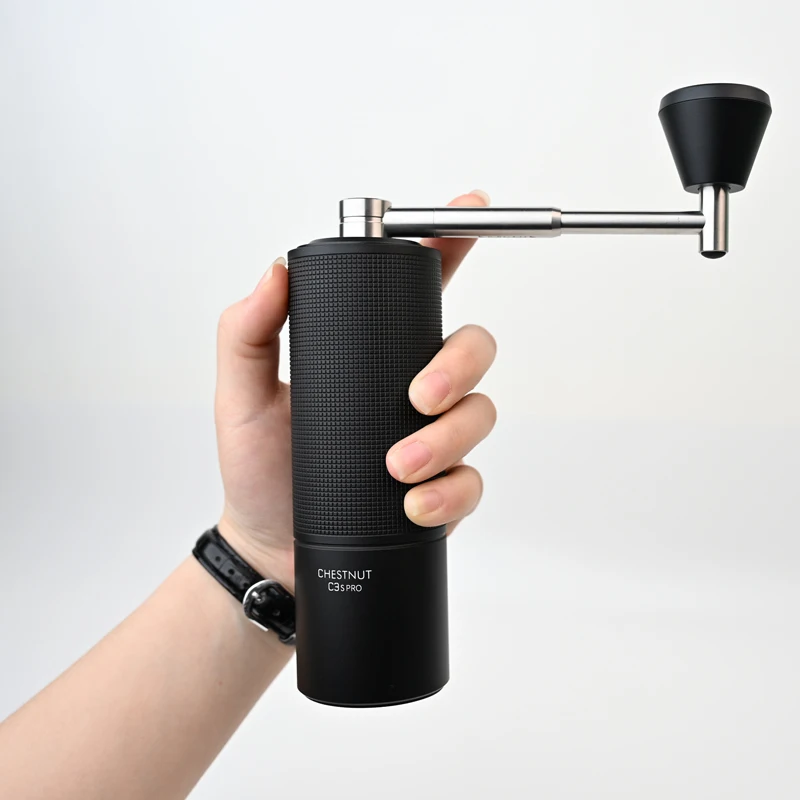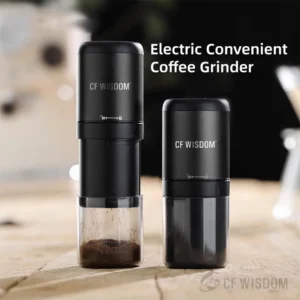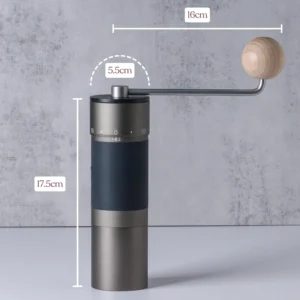Understanding the Foundation: Grind Size as the Cornerstone of Espresso Brewing
The journey to exceptional espresso begins with a simple yet profound relationship: how the size of your coffee grounds affects water pressure and flow. This relationship isn’t just important—it’s absolutely fundamental to achieving a balanced, flavorful cup of espresso that delights the senses.
When we talk about espresso brewing, grind size acts as the primary control lever for quality. While factors like water temperature and tamping pressure certainly matter, it’s the grind adjustment that gives you the most direct influence over how your shot extracts. Understanding these principles allows you to consistently create espresso with:
- Proper extraction time (typically 25-30 seconds)
- Balanced flavor profile (neither sour nor bitter)
- Rich body and satisfying mouthfeel
- Beautiful, persistent crema
Professional baristas recognize this critical connection, which is why they spend considerable time fine-tuning espresso grind size when calibrating their equipment. Even the most expensive, technologically advanced espresso machine cannot compensate for an improper grind setting—it’s that essential.
To achieve truly exceptional results at home, you’ll need proper equipment. The precision offered by quality manual grinders designed for espresso provides the control necessary for perfecting your brewing technique. Unlike pre-ground coffee or blade grinders, a quality burr grinder gives you the adjustability essential for manipulating pressure and flow.
The Science Behind the Cup: How Grind Creates Resistance
To understand why grind size matters so much, we need to explore the physical relationship between coffee particles and water. When you brew espresso, you’re essentially creating a filtration system where water must pass through a compressed bed of coffee particles (the “puck”).
The size of these particles directly affects three critical factors:
1. Surface area – Finer grounds have more total surface area exposed to water, allowing for greater extraction of compounds.
2. Interstitial spaces – These are the tiny gaps between coffee particles. Smaller particles create smaller gaps, restricting water flow.
3. Resistance – The opposition that water encounters when trying to flow through the coffee puck.
Think of your coffee puck like a water filter. If the filter mesh is very fine (like fine coffee grounds), water moves through slowly under high pressure. If the filter mesh is coarse (like coarse coffee grounds), water passes through quickly with little resistance.
When an espresso machine pushes water at 9 bars of pressure (the traditional target for espresso), this pressure doesn’t exist in isolation—it’s created by the relationship between the pump force and the resistance offered by your coffee grounds. The perfect espresso grind size creates just enough resistance to build optimal pressure while allowing water to flow at the right rate.
The fundamental relationship works like this:
– Grind size determines the resistance in the coffee puck
– Resistance creates back pressure as water tries to flow through
– This pressure, combined with flow rate, determines extraction efficiency
– Extraction efficiency directly impacts flavor development
This delicate balance explains why even small adjustments to your grinder can dramatically alter the taste of your espresso.
Finer Grinds: Increasing Resistance for Higher Pressure & Slower Flow
When you adjust your grinder to produce finer coffee particles, you fundamentally alter the extraction dynamics. Finer grounds pack together more densely, creating smaller pathways for water to travel through. This increased resistance has several significant effects:
Higher Pressure Development
As water encounters greater resistance, pressure builds up more intensely within the coffee puck. This higher pressure can enhance extraction of certain flavor compounds, particularly those that contribute to body and sweetness in your espresso.
Slower Flow Rate
With reduced pathways for water, the flow rate naturally decreases. This extended contact time between water and coffee allows for more thorough extraction of soluble compounds.
However, grinding too fine comes with significant consequences:
- Bitter, harsh flavors due to over-extraction of undesirable compounds
- Burnt or astringent tastes that overwhelm the coffee’s natural characteristics
- Machine choking where flow becomes extremely restricted or stops completely
- Channeling where water forces its way through weak points in the puck, creating uneven extraction
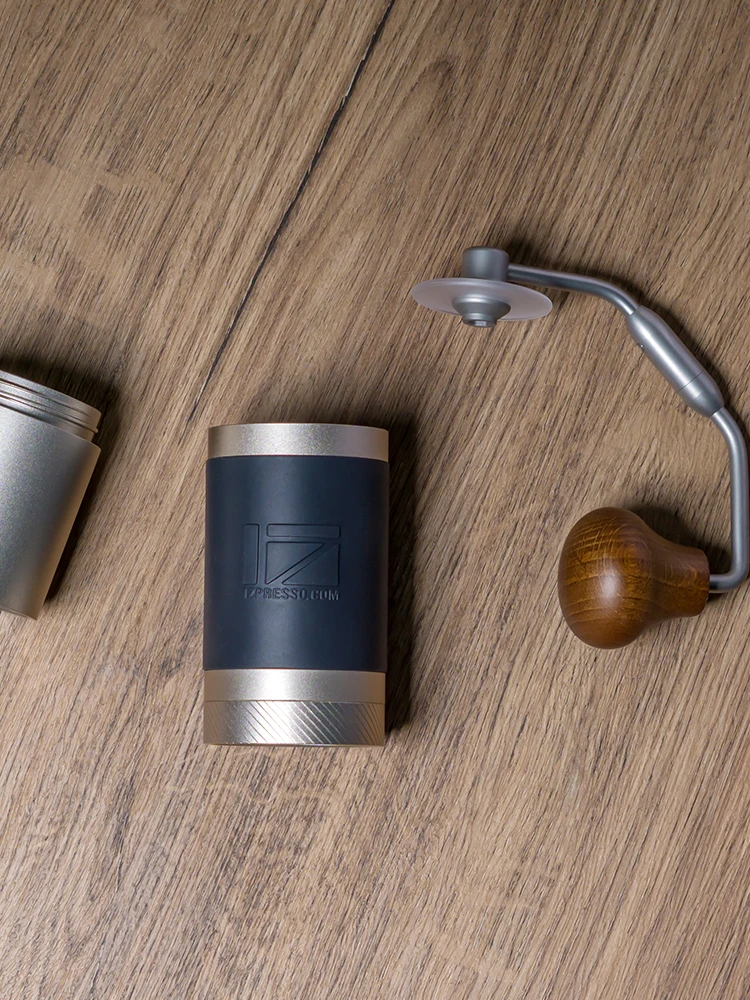
Understanding the relationship between grind size and espresso flavor profiles is essential for diagnosing extraction problems. When your espresso tastes overly bitter or appears very dark with minimal flow, your grind is likely too fine.
For precise control over these variables, many home baristas turn to hand grinders with fine adjustment capabilities, which allow for minute changes that can transform an over-extracted shot into a perfectly balanced one.
Coarser Grinds: Reducing Resistance for Lower Pressure & Faster Flow
Moving to the opposite end of the spectrum, coarser grinds create a fundamentally different extraction environment. With larger coffee particles, the interstitial spaces between grounds increase significantly, offering water an easier path through the coffee puck:
Lower Pressure Development
Coarser grounds provide less resistance, preventing pressure from building to optimal levels. Without sufficient pressure, certain compounds—particularly those that contribute richness and complexity—remain under-extracted.
Faster Flow Rate
Water flows quickly through the larger gaps between coffee particles, reducing contact time and limiting extraction. This results in shots that pull much faster than the ideal 25-30 second timeframe.
When your grind setting is too coarse, you’ll encounter several unmistakable issues:
- Sour, acidic flavors dominate as compounds that balance acidity aren’t properly extracted
- Watery mouthfeel lacking the rich, syrupy body of properly extracted espresso
- “Gushing” shots that pour very quickly, often completing in 15 seconds or less
- Poor crema quality that’s thin, bubbly, and dissipates quickly rather than forming a persistent layer
The relationship between grind size and espresso extraction becomes clearly visible when you observe shot timing. A coarse grind resulting in a 15-second shot will taste noticeably different from a finer grind producing a 30-second extraction using the same coffee beans.
Finding the Sweet Spot: Targeting Optimal Pressure and Flow
The ultimate goal of adjusting your grind size is to find that perfect balance—the sweet spot where pressure and flow work in harmony to produce exceptional espresso. When you hit this target, several elements come together:
Ideal Extraction Parameters:
| Parameter | Target Range |
|---|---|
| Brew pressure | ~9 bars |
| Extraction time | 25-35 seconds (double shot) |
| Brew ratio | 1:1.5 to 1:2.5 (coffee:beverage) |
Visual indicators also help confirm you’ve found the right balance. The ideal espresso flow appears honey-like in consistency—not rushing out like water, nor struggling to emerge in slow drips. The resulting crema should be thick and persistent with a golden-brown tiger-striped appearance.
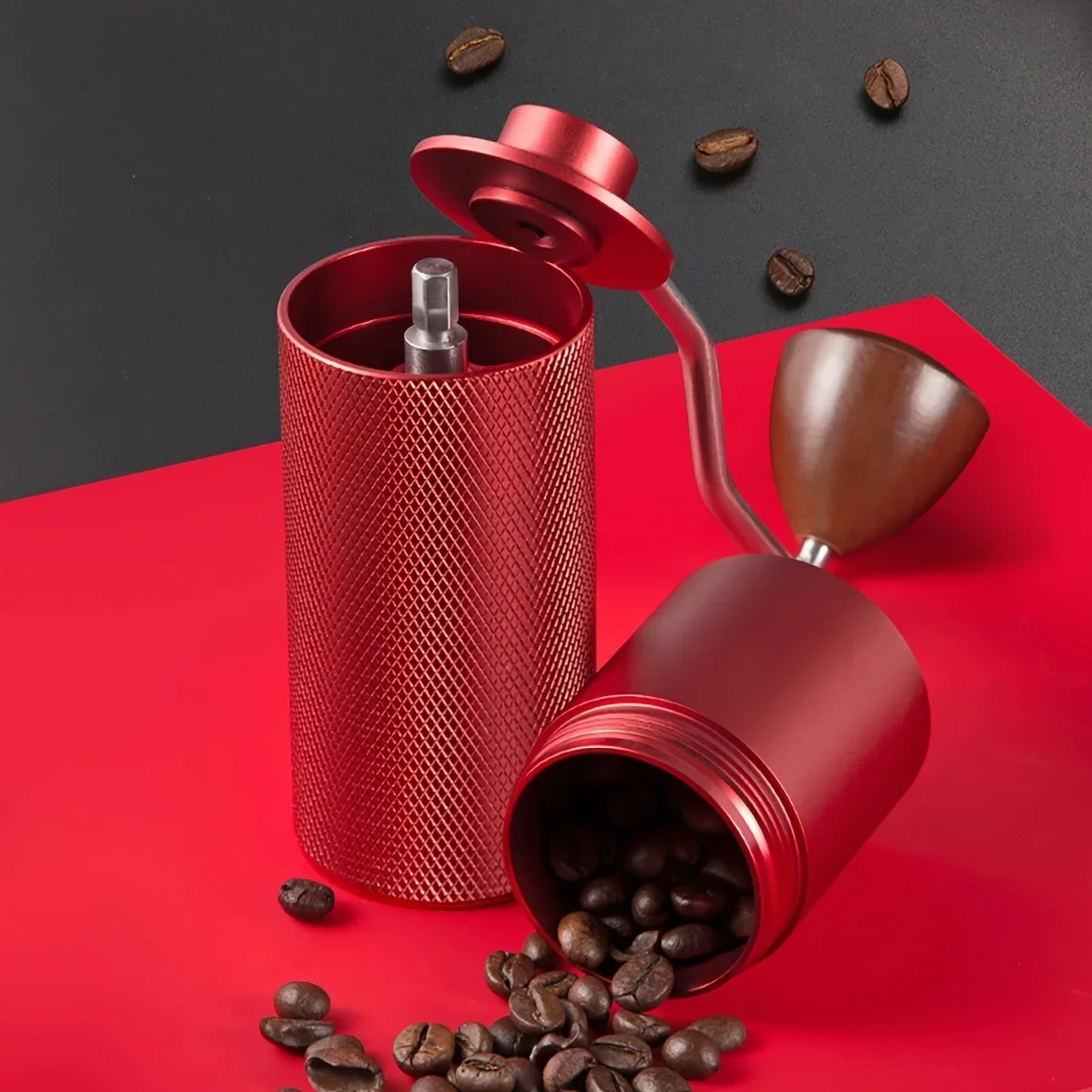
It’s important to recognize that different coffees will require different grind settings. Dark roasts generally need a slightly coarser grind than light roasts, as they extract more readily. Similarly, fresher beans often need a coarser grind than older ones, as they contain more CO2 that creates additional resistance.
When you encounter persistent issues with your extraction, troubleshooting espresso grind issues typically involves making systematic adjustments and observing the results. Many coffee enthusiasts find that specialized manual espresso grinders provide the precise control needed to dial in these settings perfectly.
Beyond Grind: Other Variables Affecting Pressure and Flow
While grind size is arguably the most influential factor in controlling pressure and flow, it operates within a complex system of variables. Understanding these additional factors helps contextualize your grind adjustments:
Coffee Dose
The amount of coffee you use directly affects puck density and resistance. A higher dose creates more resistance (similar to a finer grind), while a lower dose reduces resistance. Most standard double shots use between 16-20 grams of coffee, but finding the right dose for your specific equipment is essential.
Tamping Technique
How you compress your coffee grounds significantly impacts flow patterns. Uneven tamping leads to inconsistent density throughout the puck, causing channeling where water follows the path of least resistance. A level, consistent tamp with appropriate pressure (about 30 pounds of force) helps ensure even extraction.
Machine Characteristics
Different machines create pressure in different ways. Vibratory pumps, common in home machines, produce a somewhat pulsing pressure profile, while commercial rotary pumps deliver more consistent pressure. Additionally, the over-pressure valve (OPV) setting determines maximum pressure, and pre-infusion features dampen initial pressure to allow grounds to expand.
Coffee Beans
Different coffees extract differently based on:
– Roast level: Dark roasts extract more readily than light roasts
– Freshness: Fresh beans contain more CO2, creating additional resistance
– Origin and processing: Different growing regions and processing methods affect bean density and extraction
When dialing in your espresso, remember that changing any of these variables means you’ll likely need to adjust your grind size to maintain optimal pressure and flow.
Practical Guide: Dialing In Your Grind for Perfect Pressure and Flow
Now that we understand the theory, let’s apply it with a step-by-step approach to finding your ideal grind setting:
1. Start with a middle-range grind setting
Begin with your grinder at a medium-fine setting appropriate for espresso. This provides a baseline from which to make adjustments.
2. Prepare your espresso using consistent parameters
– Use the same dose of coffee (e.g., 18g for a double shot)
– Apply consistent tamping pressure
– Target a specific brew ratio (e.g., 1:2 means 18g coffee yields 36g espresso)
3. Time your shot and evaluate
– Start timing when you activate the pump
– Stop timing when you reach your target yield
– Note both time and taste
4. Adjust based on results
If your shot extracts too quickly (under 20 seconds):
– Grind finer to increase resistance
– Maintain the same dose and tamping pressure
– Expect slower flow and longer extraction time on next attempt
If your shot extracts too slowly (over 35 seconds):
– Grind coarser to decrease resistance
– Keep other variables consistent
– Expect faster flow and shorter extraction time on next attempt
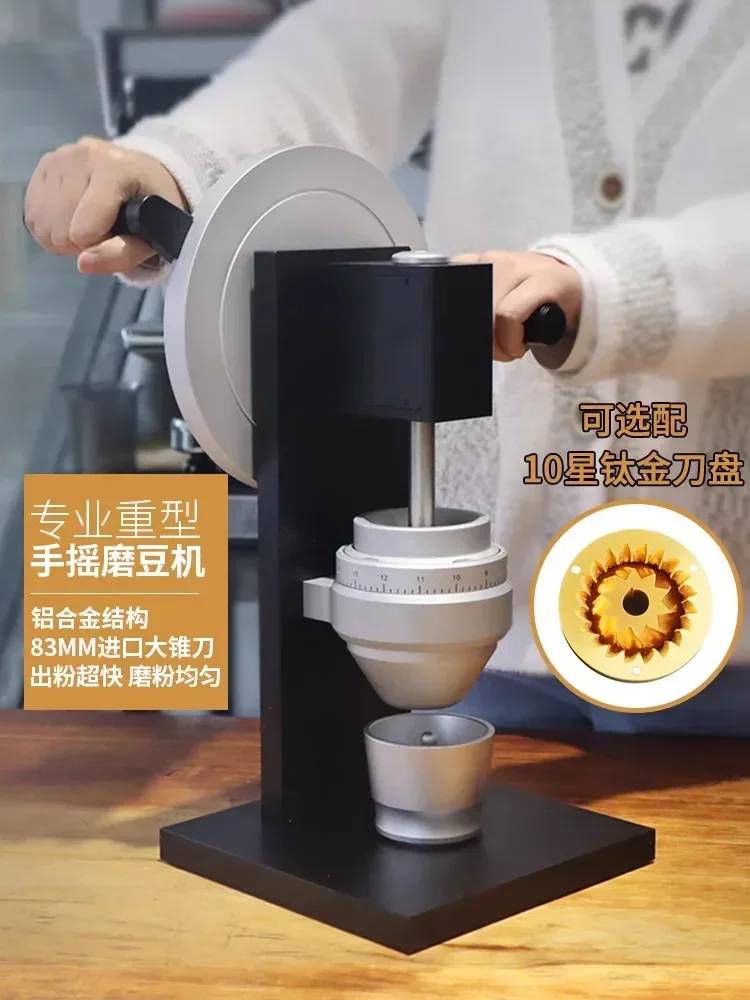
5. Address persistent flavor issues
If your espresso tastes consistently sour despite appropriate timing:
– Try a finer grind to increase extraction
– Consider increasing dose slightly
– Evaluate if water temperature might be too low
If your espresso tastes consistently bitter despite appropriate timing:
– Try a coarser grind to decrease extraction
– Consider decreasing dose slightly
– Evaluate if water temperature might be too high
Fine Adjustment Hand Grinder, Precision Manual Grinder, Travel Coffee Grinder
Price range: $185.11 through $494.63 Select options This product has multiple variants. The options may be chosen on the product pageHand Burr Grinder, Hand Crank Coffee Grinder, Manual Espresso Grinder, Portable Coffee Grinder
Price range: $262.72 through $300.22 Select options This product has multiple variants. The options may be chosen on the product pageHand Burr Grinder, Manual Coffee Grinder Stainless Steel, Precision Manual Grinder
Price range: $183.64 through $187.52 Select options This product has multiple variants. The options may be chosen on the product pageManual Coffee Grinder Stainless Steel, Manual Espresso Grinder, Travel Coffee Grinder
Price range: $276.22 through $276.39 Select options This product has multiple variants. The options may be chosen on the product pageHand Crank Coffee Grinder, Manual Coffee Grinder for Espresso, Manual Coffee Grinder Stainless Steel
$349.15 Select options This product has multiple variants. The options may be chosen on the product page
Understanding how to adjust grind size for proper shot timing is crucial for consistent results. Remember that each adjustment should be relatively small—major changes can completely transform your extraction parameters.
Essential tools for this process include:
– Digital scale (for consistent dosing and yield measurement)
– Timer (to track extraction duration)
– Bottomless portafilter (helps visualize flow patterns and identify channeling)
With high-quality manual coffee grinders designed specifically for espresso, you’ll have the precision necessary to make the subtle adjustments that transform good espresso into great espresso.
Advanced Techniques: Flow and Pressure Profiling
Once you’ve mastered basic grind adjustments, you might explore the world of pressure and flow profiling—techniques that offer even more control over your extraction.
Pressure profiling involves intentionally varying the pressure during different phases of extraction:
– Starting with lower pressure for gentle pre-infusion
– Ramping up to full pressure for main extraction
– Potentially decreasing pressure toward the end of extraction
This approach allows for more nuanced extraction of different flavor compounds and can help address issues with challenging coffees. Some advanced techniques include:
- “Blooming” the espresso with a brief low-pressure phase
- Implementing pressure ramps to target specific flavor components
- Using declining pressure profiles to minimize bitter compounds
While many commercial machines offer programmed pressure profiling, achieving precision grind adjustment for espresso remains the foundation upon which these advanced techniques build. Even baristas competing at championship levels focus primarily on grind quality and consistency before applying sophisticated profiling techniques.
Common Grind-Related Problems and Their Solutions
Q: Can I adjust my grind during the brewing process?
A: No, grind adjustments must be made before brewing begins. Once water contacts the coffee, the extraction process is determined by the existing grind size. Make one adjustment at a time between shots to systematically improve results.
Q: How often should I adjust my grinder when using different coffees?
A: Nearly every new coffee will require some grind adjustment. Different origins, roast levels, and freshness all affect how water flows through the coffee. Start with small adjustments when switching between similar coffees, and expect larger changes when dramatically changing roast levels.
Q: Why does my perfect grind setting yesterday not work today?
A: Coffee beans change as they age, typically requiring a finer grind as time passes and beans lose gas. Environmental factors like humidity can also affect extraction. High-quality hand grinders designed for espresso provide the consistent adjustment capabilities needed to accommodate these changes.
Conclusion: Mastering Grind Adjustments for Consistent Excellence
The relationship between coffee grind size, pressure, and flow forms the cornerstone of espresso excellence. By understanding how these elements interact, you gain direct control over extraction quality and flavor development in your cup.
Remember that finding the perfect grind setting is rarely a one-time achievement. Even professional baristas continually refine their grind throughout the day, responding to subtle changes in beans, environment, and equipment performance. Keeping notes on successful settings for different coffees can help build a personal reference library of grind adjustments.
The pursuit of perfect espresso is both science and art—precise enough to follow measurable parameters, yet creative enough to allow for personal preference and experimentation. With patience, attention to detail, and quality equipment, you’ll develop an intuitive understanding of how grind adjustments affect pressure and flow, ultimately leading to consistently exceptional espresso.

